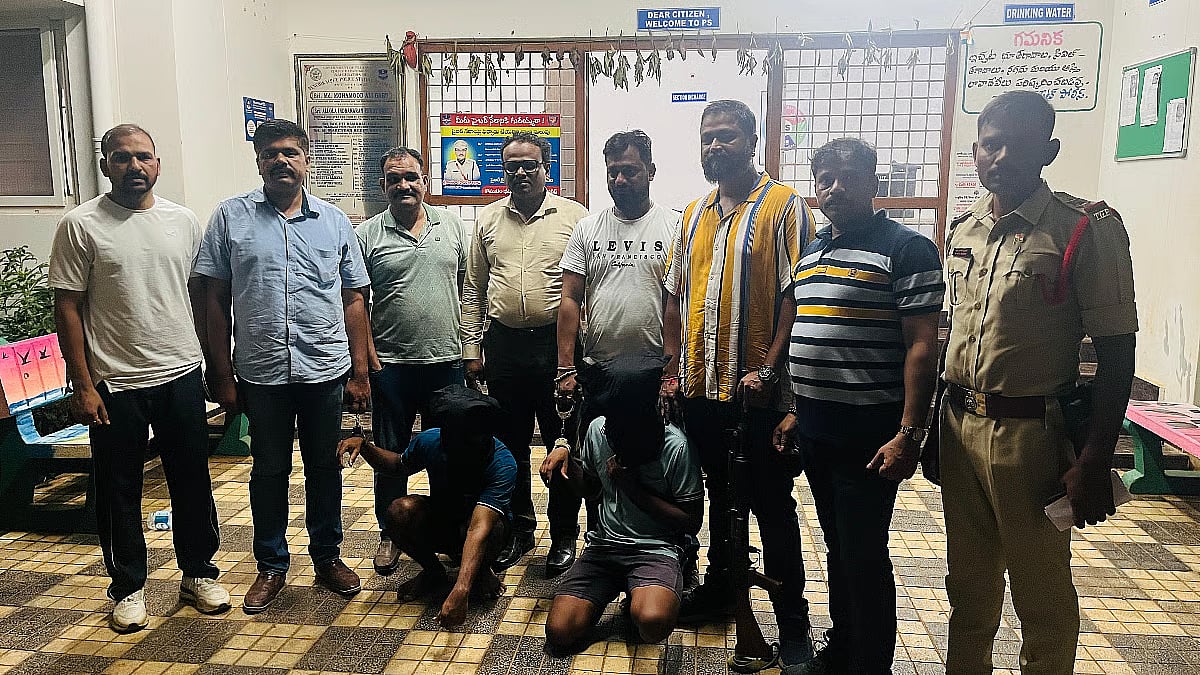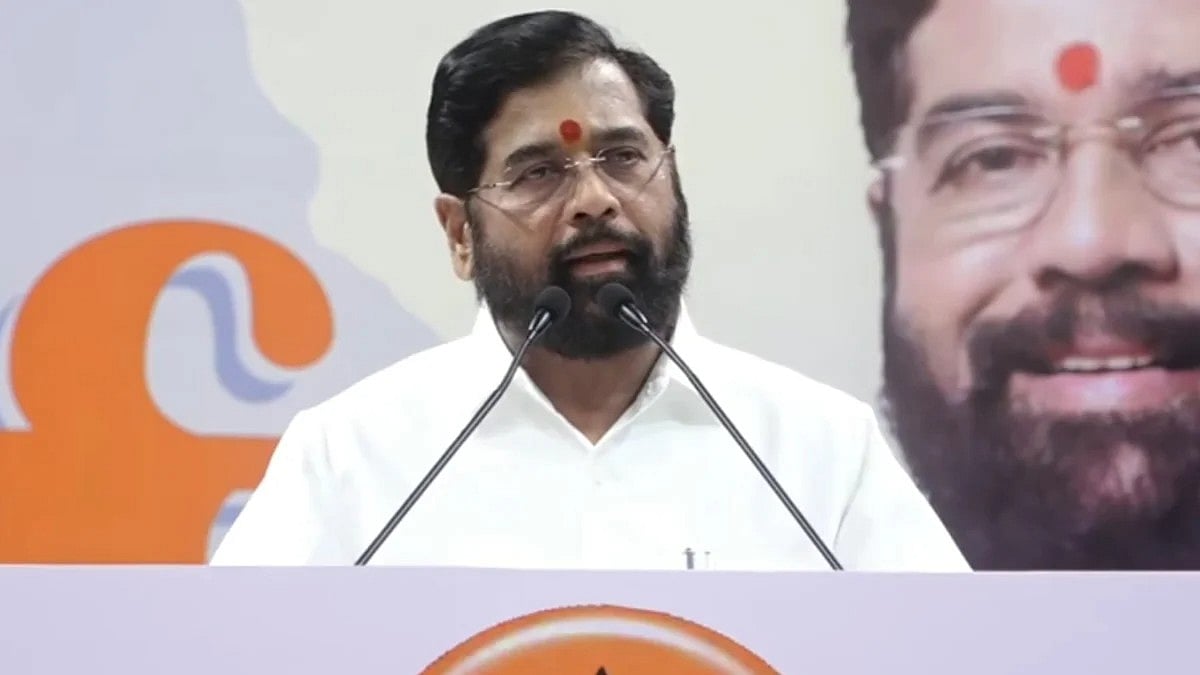Mumbai is facing growing concerns over its water reserves, with only enough water left to last about 60 days. The collective storage in the seven reservoirs that supply water to the city has dropped to just 18 per cent of their total capacity.
This sharp decline has raised alarms among residents and officials alike. However, compared to the same period last year, the current storage is slightly better, about 6 per cent higher. The Brihanmumbai Municipal Corporation (BMC) is closely monitoring the situation.
Where Does Mumbai Get Its Water From?
Mumbai receives approximately 3,950 million litres of water daily from seven major reservoirs: Modak Sagar, Tansa, Upper Vaitarna, Middle Vaitarna, Tulsi, Vihar, and Bhatsa. Among these, Tulsi and Vihar are located within the city, while the others lie in neighbouring districts like Thane, Palghar and Nashik.
During the monsoon, these reservoirs are replenished through their catchment areas and the collected water is processed through BMC’s filtration plants before being supplied to homes and businesses across the city. Together, these reservoirs can hold up to 14.4 lakh million litres of water, with BMC distributing nearly 3,850 million litres daily.
In recent years, rapid urbanisation and industrial growth in Mumbai have majorly increased water demand. Notably, the water levels in four key reservoirs, Tansa, Middle Vaitarna, Upper Vaitarna, and Bhatsa, have dropped below 20 per cent of their capacity. To address the shortfall, BMC has sought and received permission from the state government to draw water from the 1.81 lakh million litre reserve stock in Upper Vaitarna and Bhatsa.
Water Stock Enough To Last Until July-End: BMC
Officials estimate that the current water stock will be sufficient until the end of July. However, due to high temperatures, the rate of evaporation has accelerated, causing water levels in the reservoirs to decline faster than usual. BMC projections suggest that each 1 per cent of water stock typically lasts about three days.
Typically, the monsoon reaches Mumbai around June 15, but this time, it is estimated to arrive early, in a sign of relief. However, strong rainfall generally doesn’t begin until the last week of June. Moreover, the reservoirs’ catchment areas lie outside the city, in Palghar, Thane and Nashik, regions that usually don’t experience heavy rainfall until mid-July. This further complicates the situation, intensifying the need for responsible water usage and efficient management in the coming weeks.





.jpg)


